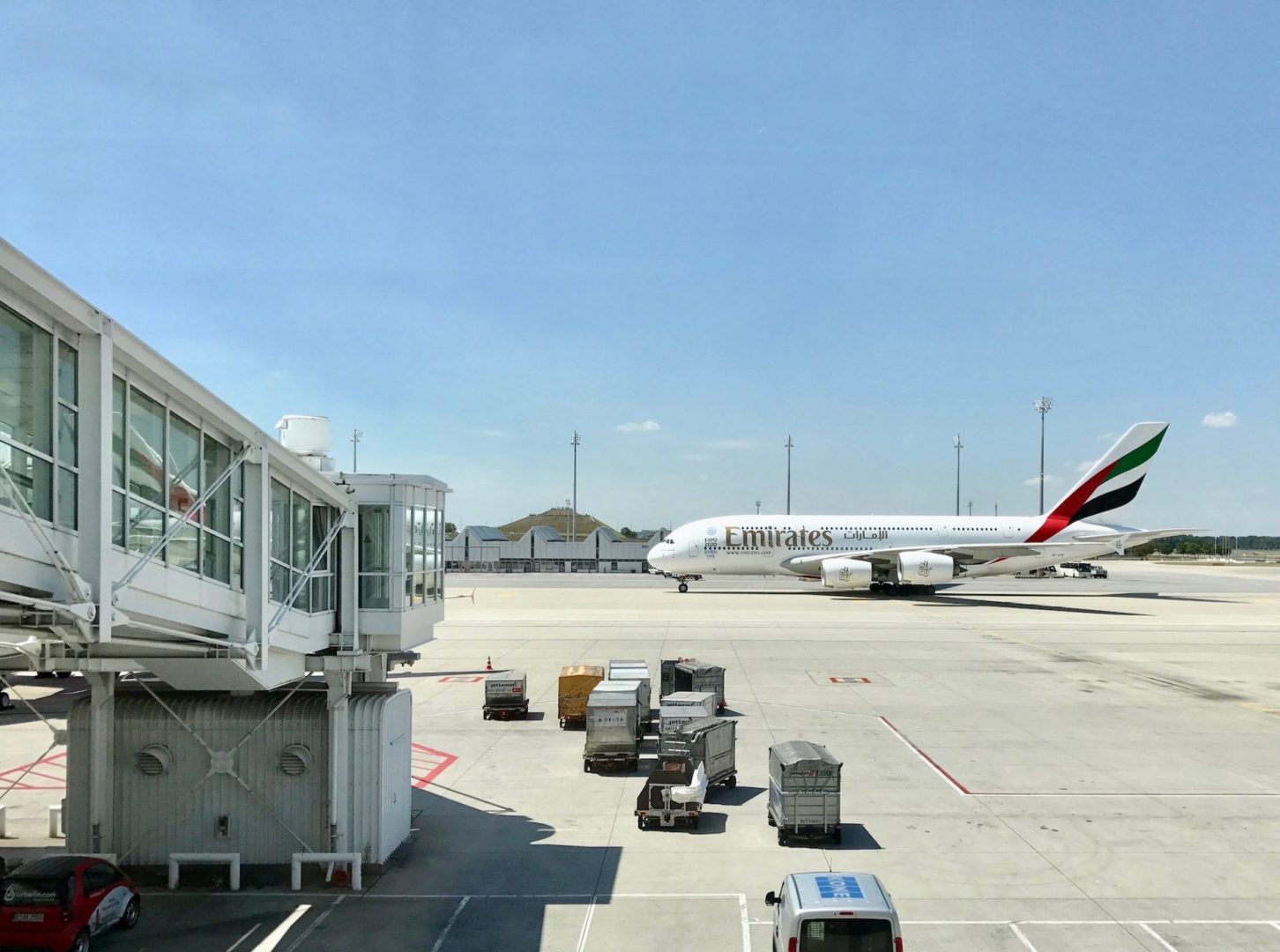Plans by the European Union (EU) to introduce the new biometric entry-exit system (EES) have been delayed for the second time in an announcement by the EU and UK government just last week.
The EES was originally intended to be introduced to non-EU countries and external EU borders, like the UK, in May 2023 after an initial delay from its original schedule in 2022. The EU has clarified that this second delay is due to contracting delays and has insisted that border crossing points will be ready for implementation of new checking systems by the end of 2023.
This new EES is just one of two border control plans the EU intended to implement this year, coupled with the European Travel Information and Authorisation System (ETIAS) that would mirror the ESTA system in the USA. The EES’s purpose will be to automatically register all travellers that enter the EU from non-EU countries at the point that they cross the external border. This will be put in place to monitor how long a traveller has stayed in the EU and when they enter and exit the EU.
According to reports, the EES will register a traveller’s name, travel document, biometric data (such as fingerprints and facial images), the date and place at which they entered the EU, and the date and place at which they exit the EU. Alongside this, the EES will keep a track of the days a non-EU citizen has spent in the EU, and this will be used to prevent travellers from surpassing the permitted 90 days they can stay in the Schengen Area within a 180-day period. This registration will then be valid for that traveller for three years.
Next to this system, the ETIAS will work similarly to the ESTA visa waiver scheme in the USA. This is likely to be charged at around seven euros per traveller, but travellers under 18 or over 70 will not have to pay the fee. This will also be valid for three years after registration.
The EES was first intended for release in late 2022, with a lot of speculation following, however, it was pushed back to May 2023. Only last week, the EU announced it would be pushed back once more to the end of 2023, though they assure that it will come in 2023.
In a meeting to discuss the system with the EU-LISA management board in Tallinn, it was then agreed that the previous target of May 2023 “was considered no longer achievable due to delays from the contractors”. The revised timeline is quoted to be published in March 2023 but stakeholders were told to expect a launch date “within the end of 2023”. The meeting was summarised with, “In particular, border crossing points should be fully equipped for the use of the Entry/Exit System by the end of the year.”
The delays to both the EES and the ETIAS schemes were noted by the House of Commons Library update which was updated on the Parliament website on Tuesday the 17th of January 2023.
So, if you’d like to learn more about how your consumers’ monies are protected with Protected Trust Services (PTS) and how we support excellent travel businesses, check out our pages. Or you can get in touch with the lovely PTS team by calling 0207 190 9988 or emailing us at ask@protectedtrustservices.com.



